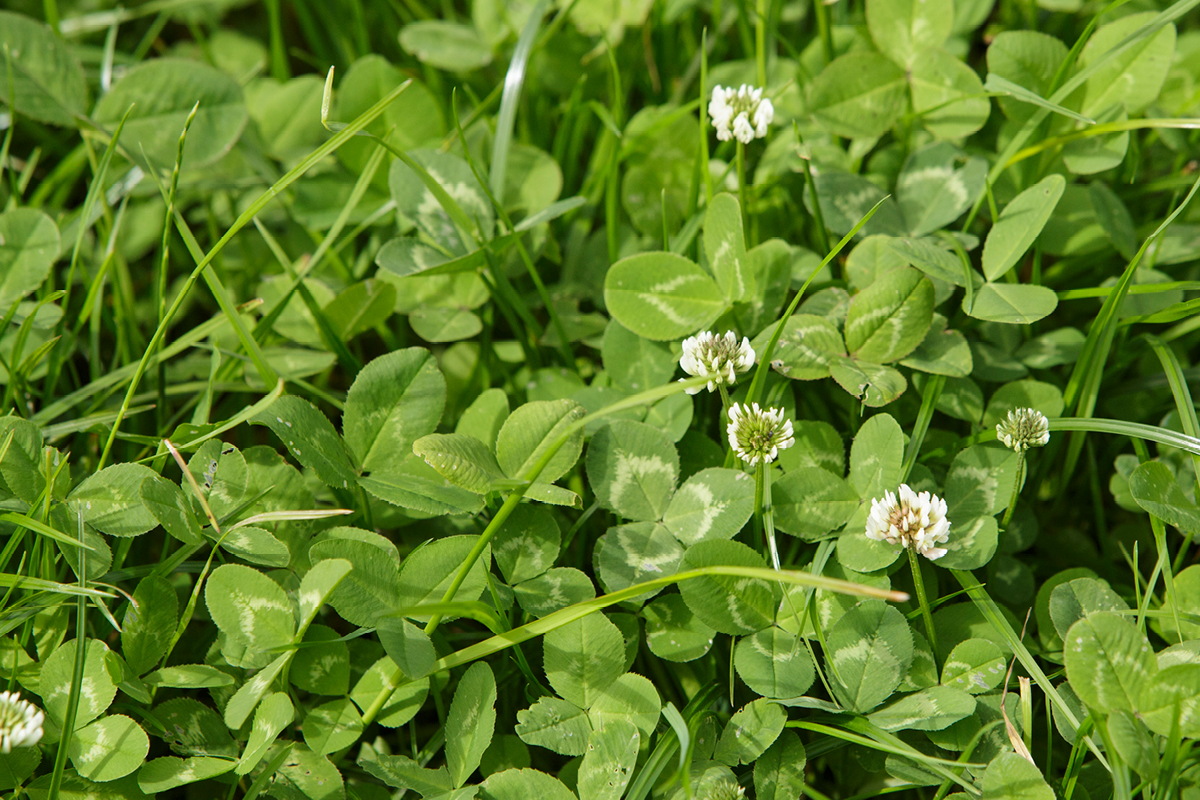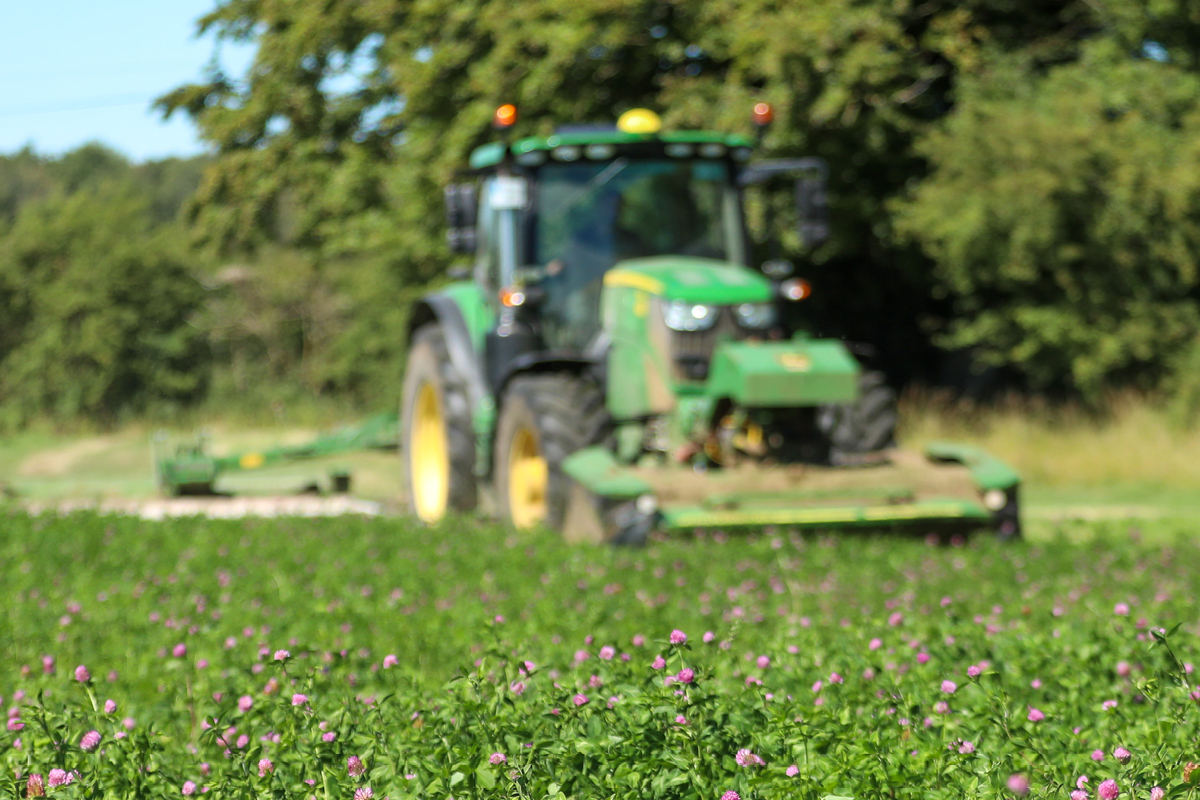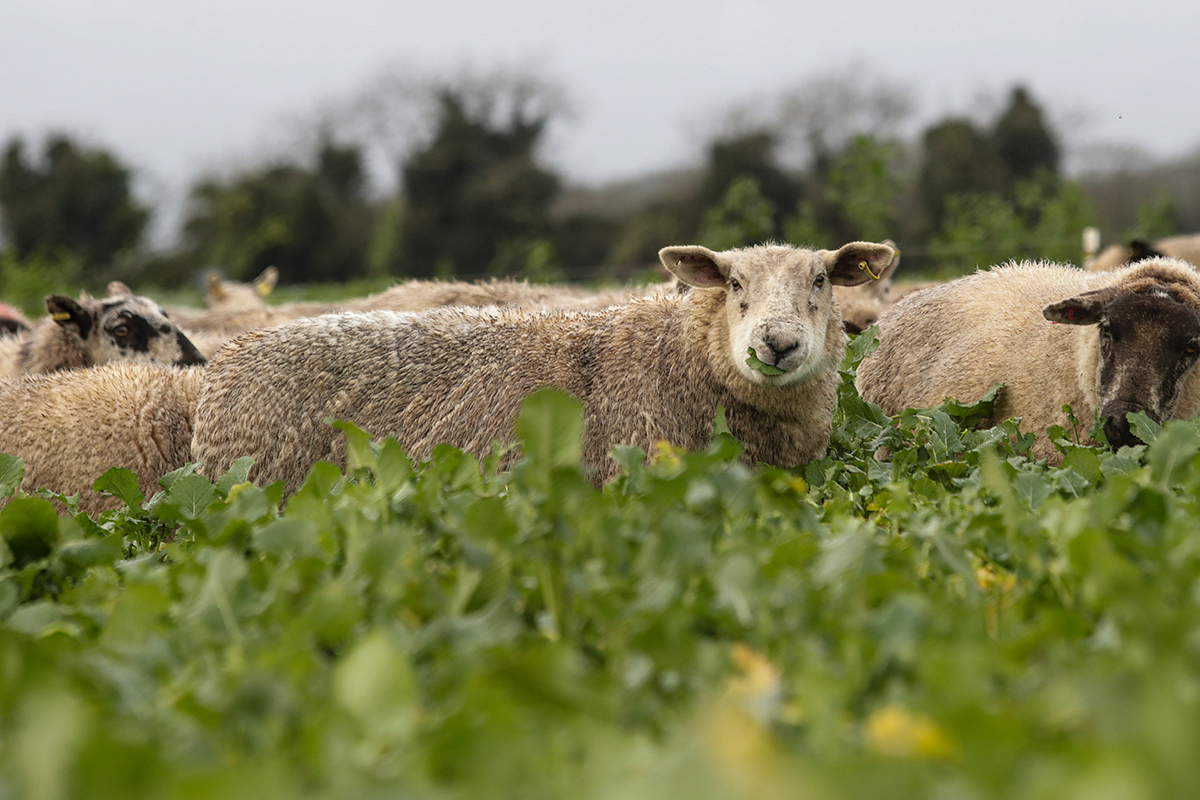Having enough homegrown forage all season was hard to achieve on many farms last year due to the demandingly dry weather conditions. This, together with inflated bought-in feed and fertiliser prices, has increased the focus on planning to maintain cost-effective and efficient forage production and avoid feed shortages throughout 2023.
A good place to start is by determining when additional feed might be needed, the forage crops able to meet that need and when those crops must be sown and established. Doing this now can help relieve pressure later in the year.
Prioritising grassland reseeds
The beginning of this year has seen some particularly cold conditions and grass growth has not been as good as hoped in many areas.
Poor growth in spring will be most apparent in older, poor-performing swards, making them easier to identify and prioritise for reseeding.
Choose to reseed with grass seed mixtures containing varieties rated highly on the Pasture Profit Index (PPI) within the Recommended Grass and Clover List. The index gives you the economic value of the traits most important to grass production, combining productivity and profitability.
Germinal varieties, including AberGain, AberChoice and AberBann, top every category within the index, with AberClyde remaining the best variety overall on the PPI.
Benefits of multi-species swards
The dry conditions in 2022 saw many farmers benefit from having mixed species in their grass swards, due to the increased resilience of the complementary plant species. Fields containing multi-species swards remained green when conditions were too dry for grass to thrive.
Mixing clover with grass seed is a simple step towards increasing diversity with its nitrogen-fixing properties an added advantage at a time of high fertiliser prices.

Clovers need warmer temperatures to thrive, meaning they are best sown from the end of April/early May to late July/early August.
Establishing white clover within a full reseed produces the best results although it can also be oversown into an existing grass sward. Adding clover in this way helps reduce fertiliser use and is best done in late April/early May or after a cut of silage.
A good proportion of 25-30% clover in an established sward is required to fix nitrogen at a rate of 150kg N/ha. Nitrogen-fixing takes up to a year after sowing to begin but once established, the clover can also supply the surrounding crop with nitrogen.
White clover contributes significant amounts of protein, as well as other minerals and a high DM value. Also, being palatable to livestock gives the potential for high intakes.
Red clover is also a high-quality, cost-effective source of homegrown protein. When ensiled, red clover silage gives a crude protein content of 15-19%. It yields 12-15 tonnes dry matter/ha and is generally sown with perennial or hybrid ryegrass.

For the best quality silage, cut three to four times a year, at six to eight-week intervals, to a height of 7-8 cm. It must be wilted for up to 48 hours after cutting to increase its dry matter content before ensiling, aiming for around 25-30%.
Clover’s resilience in dry conditions and peak performance at a time of year when grass growth is slowing makes it an ideal high-value forage crop to sustain milk and meat production.
Forage crop alternatives
Resilience in a livestock system can also be increased by growing a broader variety of forage crops with each crop bringing unique attributes to maintain production.
Brassica forage crops
Brassicas include rapidly growing, nutritious feed crops, particularly suited to filling feed gaps later in the summer and autumn. Some are ready to graze within eight weeks of drilling.

Hybrid brassicas like Redstart are high-energy grazing crops. They grow fast like forage rape but also more tolerant of harsher weather conditions like kale. Redstart is an ideal catch crop for overcoming a late-season shortage of grazing.
Maris Kestrel kale is another cost-effective forage crop, able to give good amounts of late summer/early autumn feed for cattle and sheep, with high utilisation.
Versatility is a feature of brassica forage crops with Tyfon stubble turnips showing this trait. If sown in May they can be grazed from July and offer another option for topping up late season grazing.
Avoid feed shortages with forage crops
Use the form below if you want to discuss forage crop options with our experts.
